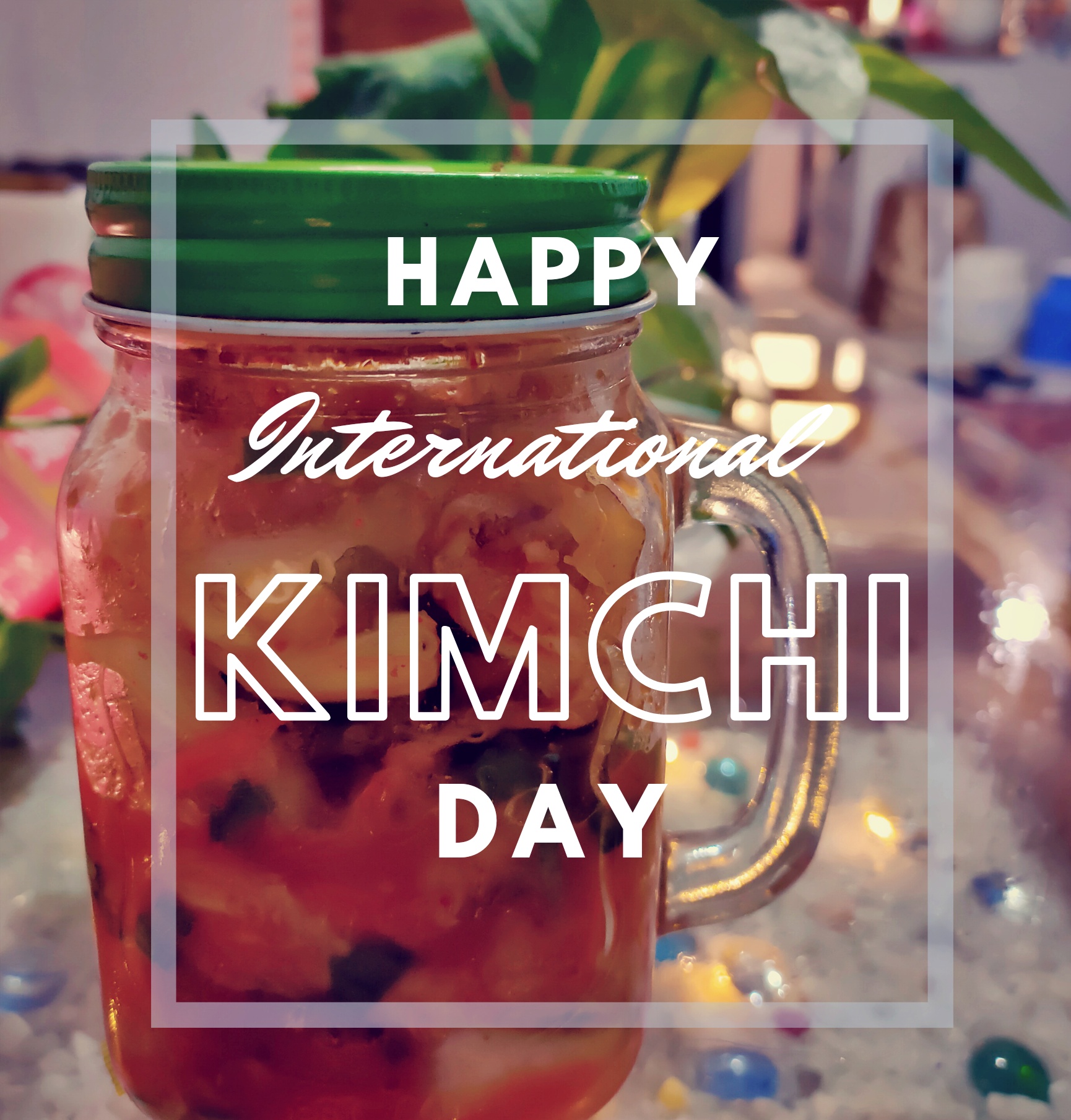- 한국어
- English
- 日本語
- 中文
- العربية
- Español
- Français
- Deutsch
- Pусский
- Tiếng Việt
- Indonesian
By Honorary Reporter Shefali Singh from India
Photo = Shefali Singh

International Kimchi Day was launched on Nov. 22, 2017, by the Kimchi Association of Korea. The date was not chosen at random and is based on scientific research saying that day is when the full flavor potential of the spicy condiment can be maximized.
Here are excerpts of an interview with kimchi.
Introduce yourself.
I am kimchi, Korea's national food. I am a traditional food that is salted and fermented, prepared with a wide selection of seasonings including gochugaru (chili powder), spring onions, garlic, ginger and jeotgal (salted seafood).
How old are you?
I date back to ancient times, even before the era of the Three Kingdoms. I'm 3,000 years old.
Where do you live?
I'm found in just about every Korean home. Due to differences by region, season and taste, people consume me in numerous forms. Because of my growing popularity abroad, International Kimchi Day is now celebrated.
What makes you special?
I'm not as ordinary as you think. Even the simplest kimchi uses more than 15 ingredients.
What are interesting things about you?
I have my own museum in Seoul, where tourists and locals can sample types of kimchi and learn about the traditional kimjang process. Though consumption has fallen, Koreans still consume 25 kg of me per capita every year. And kimchi fridges are made just for storing me. I've even been to space. The first Korean astronaut Yi So-yeon brought me with her to eat. Finally, Koreans sometimes say my name instead of "Cheese" when taking photos.
Is it true that you spend time underground to ferment yourself?
Yes, it's true. Me spending time underground has science behind it. The pickling of vegetables helped preserve food when refrigerators weren't available.
My origin is rooted in the wisdom of ancient Koreans. In November amid cooler weather, many crops were in the fields and markets, and the kimjang process began. The labor-intensive task was shared by families, relatives and neighbors. Groups of people gathered to cut vegetables, wash them, add salt to cure them and start the fermentation process. If it's too cold, I'll freeze and if it's too warm, I'll over-ferment and turn sour. The traditional solution before modern refrigeration was to store kimchi in onggi (earthenware jars) in the ground buried up to a jar's neck level to prevent freezing.
What makes you differ from other Korean side dishes?
I consider myself different from other side dishes because of varying flavors. In the 18th century, I was first made with chili pepper. The variety of regional recipes means an estimated 200 types of kimchi exist, ranging from those characterized by kimchi cabbage, cubed radish, cucumber and spring onions to Indian mustard and water radish.
Second, I can be a main dish as well as a side dish through foods like dumplings, fried rice, stew, pancakes, noodles and even pizza.
What health benefits do you offer?
I'm packed with nutrients while being low in calories. I'm a rich source of vitamins, dietary fiber and healthy elements that help lower cholesterol level, spur healthy bodily development, prevent chronic diseases and provide natural probiotics for a healthy gut. Oh, certain studies say fermented food like myself can also prevent COVID-19.
enny0611@korea.kr
*This article is written by a Korea.net Honorary Reporter. Our group of Honorary Reporters are from all around the world, and they share with Korea.net their love and passion for all things Korean.
